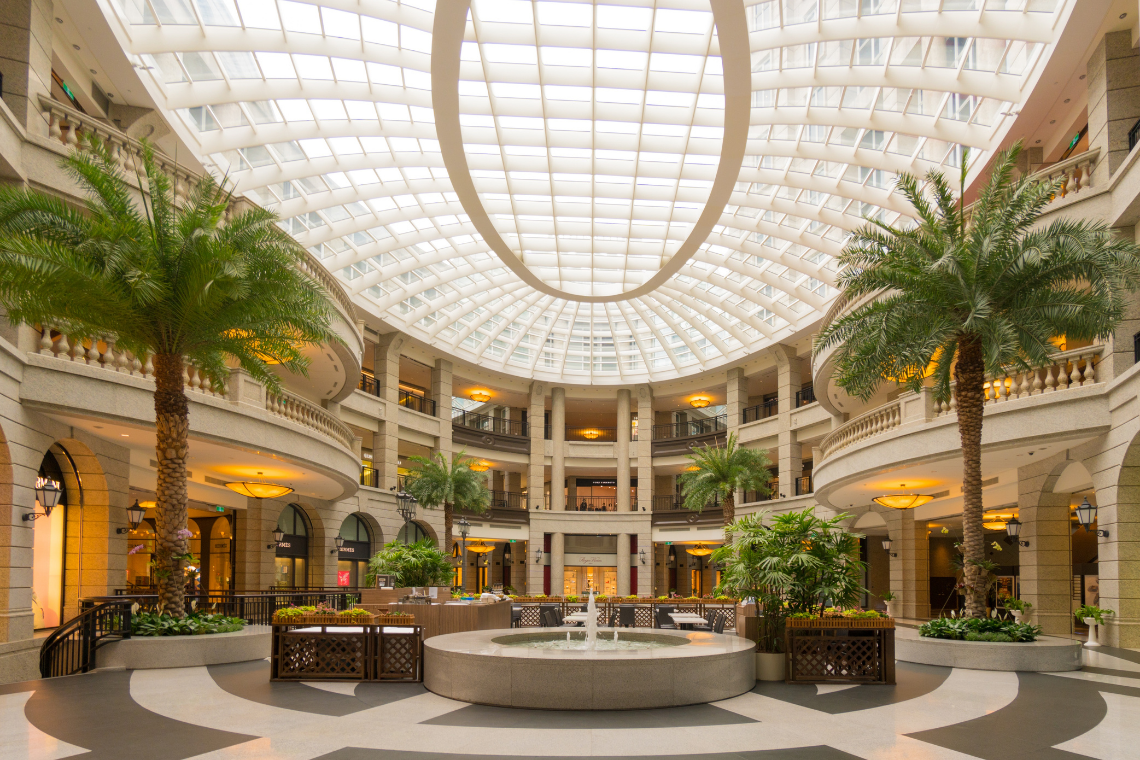
Retail buildings
Retail buildings are of five basic types; down-town shopping centres, single storey supermarkets, warehouse-type distribution centres , mixed use retail and commercial/residential buildings in which the retail units generally occupy the ground floor and superstores. The retail sector is very competitive and therefore the attributes of steel construction to deliver flexible, lightweight solutions fast and cost effectively makes steel the material of choice for the sector.
Customer experience is paramount in retail buildings. Using steel construction, retail floor plans are maximised giving retailers the maximum scope to configure store layouts to maximise sales to their targeted customers.
Many retailers, particularly supermarkets, are owner occupiers and therefore, unlike some other commercial sectors, they have a greater interest in whole life cost and added value through sustainable design. Consequently, the retail sector is leading in the procurement of sustainable, low carbon buildings.
Large retailers also procure large distribution centres and many supermarket chains are diversifying and consequently procuring mixed-use buildings that for planning reasons often include a number of upper floors of residential use.
Design drivers in the retail sector
The principal building design issues that affect the chosen solution in the retail sector include:
- Building layout, as dictated by the available site, access and parking, etc.
- Fast building programme, and constraints on the construction process imposed by neighbouring buildings
- Building cost, both in terms of construction costs and subsequent operational costs
- Ease of distribution of goods and access for off-loading
The different building types of the retail sector may be defined as:
- Single storey Supermarkets
- Superstores
- Warehouse-type distribution centres
- Shopping centres, which may be multi-storey.
- Mixed use retail and commercial/residential buildings in which the retail units generally occupy the ground floor
The scale and form of retail buildings differs considerably, as do the constraints on their construction. The drivers in these five building sectors are described below. In all cases, early return on the investment is crucial to the success of the project, but this over-riding commercial requirement is also dependent in many ways on the environment that is created, and hence by the ‘shopping experience’. This means that architectural input is important despite the functional use of the space that is required.
